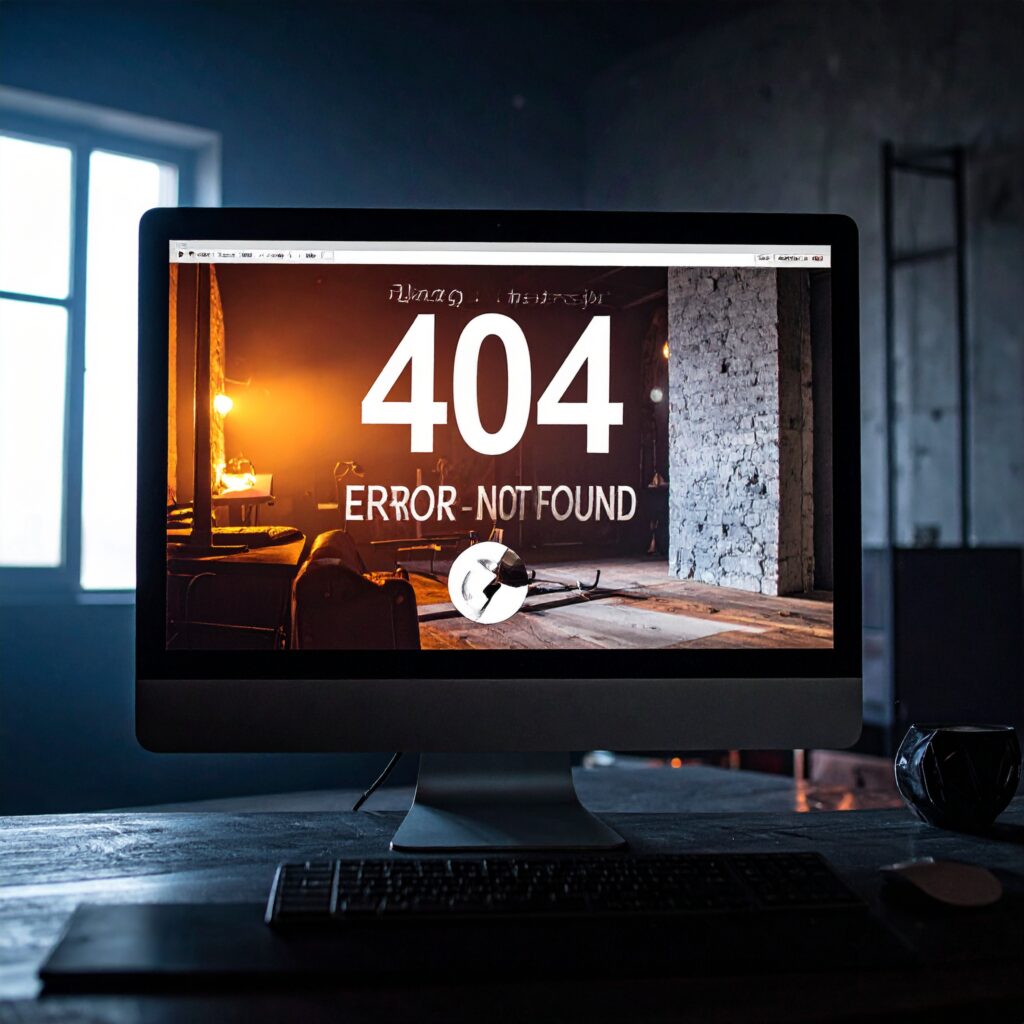The 502 Bad Gateway error is an HTTP status code that indicates a problem with the communication between servers. Specifically, it means that a server acting as a gateway or proxy received an invalid or unexpected response from another server. This error occurs when a client tries to access a website or service, and the request involves multiple servers.
Key points about the HTTP 502 error:
- It indicates a failure not on the client side, but between servers in the request chain.
- It often points to issues with intermediary servers such as proxies, load balancers, or gateways.
- The error tells you that one server couldn’t get a proper response from another server it depends on.
Understanding the 502 Bad Gateway error is important for both users and administrators. For users, knowing about this error helps manage expectations when a website is temporarily inaccessible due to server problems. For administrators and developers, this status code offers valuable information about potential issues in their infrastructure, helping them troubleshoot effectively.
What Causes the 502 Bad Gateway Error?
The 502 Bad Gateway error can stem from various issues within the network infrastructure. Here are some common causes to be mindful of:
- DNS Resolution Failures:
- Inaccurate DNS settings can lead to the inability to translate domain names into IP addresses, resulting in a failure to locate the correct server.
- Server Overload:
- When a server is bombarded with more requests than it can handle, it may become overwhelmed and fail to respond to legitimate requests.
- Firewall or Connectivity Issues:
- Firewalls or network connectivity problems can prevent smooth communication between servers, leading to gateway errors.
- Misconfigurations in Proxy Servers:
- Improperly configured proxy servers or intermediary devices may not be forwarding requests correctly, causing communication breakdowns and resulting in the 502 error code.
Identifying these underlying issues is crucial for effectively troubleshooting and resolving the 502 Bad Gateway error.
How to Fix the 502 Bad Gateway Error: A Guide for End Users
The 502 Bad Gateway error can be frustrating, but there are some simple steps you can take to try and resolve the issue. Here are a few basic troubleshooting steps you can follow:
1. Refresh the Page
Sometimes, the error may be temporary and can be resolved by simply refreshing the page. Wait for a minute or two and then click on the refresh button or press F5 on your keyboard.
2. Clear Browser Cache and Cookies
Cached data and cookies stored in your browser can sometimes cause conflicts and lead to errors. Clearing your browser cache and cookies can help resolve such issues. Here’s how you can do it:
- Google Chrome: Go to Settings > Privacy and security > Clear browsing data. Select “Cached images and files” and “Cookies and other site data” options, then click on Clear data.
- Mozilla Firefox: Go to Options > Privacy & Security > Cookies and Site Data. Click on “Clear Data” button and select “Cached Web Content” and “Cookies” options, then click on Clear.
- Microsoft Edge: Go to Settings > Privacy, search, and services > Clear browsing data. Select “Cached images and files” and “Cookies and other site data” options, then click on Clear now.
3. Try Accessing from Different Devices or Networks
If the above steps don’t work, it’s worth checking if the issue is specific to your device or network. Try accessing the website from a different device (such as a smartphone or tablet) or connect to a different network (such as using mobile data instead of Wi-Fi) to see if you can reach the site.
By following these basic troubleshooting steps, you may be able to resolve the 502 Bad Gateway error on your own. However, if the problem persists, it’s best to reach out to the website administrator or support team for further assistance.
How to Fix the 502 Bad Gateway Error: A Guide for Developers and Administrators
Addressing the bad gateway error code 502 requires a technical approach. Start with a thorough DNS settings check. Misconfigured DNS records or propagation delays can prevent proper domain resolution, causing the gateway server to receive invalid or no responses from upstream servers. Verify that all DNS entries point to the correct IP addresses and that TTL values are appropriate.
Next, focus on traffic load monitoring. Excessive traffic can overwhelm your servers, triggering 502 errors due to timeouts or dropped connections. Use monitoring tools like Grafana, Nagios, or built-in cloud dashboards to track CPU usage, memory consumption, and network throughput. Identifying traffic spikes helps you adjust capacity or implement rate limiting before errors occur.
Diagnostic utilities play a key role in troubleshooting connectivity issues:
- Execute a ping test to check if the upstream server is reachable and responding within reasonable timeframes.
- Run a traceroute tool to map the network path between your proxy/gateway and the origin server. This reveals potential routing problems or bottlenecks causing communication failures.
Examine firewall rules and proxy configurations alongside these tests to ensure no security settings inadvertently block necessary traffic. Proper logging on both gateway and origin servers provides additional clues by highlighting connection failures or unusual response patterns.
Implementing these technical checks systematically reduces the chance of encountering repeated 502 errors caused by infrastructure misconfigurations or network interruptions.
Preventing Future 502 Bad Gateway Errors
Proper server optimization is crucial in reducing the chances of encountering 502 Bad Gateway errors. You want to ensure your server can handle high volumes of traffic without becoming overwhelmed. Key practices include:
- Regularly updating server software to improve performance and fix vulnerabilities.
- Optimizing database queries to reduce load times and resource consumption.
- Implementing caching mechanisms to serve repeated requests faster and lessen backend stress.
- Monitoring resource usage like CPU and memory to identify bottlenecks early.
Load balancing is another essential strategy that distributes incoming client requests across multiple servers. This prevents any single server from becoming a traffic bottleneck, which often causes 502 errors under heavy loads. Techniques include:
- Using hardware or software load balancers.
- Configuring round-robin or least-connections algorithms.
- Setting health checks to automatically reroute traffic away from unresponsive servers.
Together, these approaches help maintain smooth communication between proxy servers and origin servers, minimizing invalid responses that trigger 502 errors.
Conclusion
The 502 Bad Gateway error indicates that a server acting as a gateway or proxy received an invalid response from an upstream server. This error can occur due to various reasons, such as server overload, network issues, or misconfigured settings.
To prevent the recurrence of this error and ensure the reliability of your website, it is essential to take proactive measures. Here are some steps you can follow:
- Monitor server performance: Regularly check the performance of your servers to identify any potential issues before they escalate.
- Optimize server configuration: Review and optimize the configuration settings of your servers to ensure they are running efficiently.
- Implement load balancing: Distribute incoming traffic across multiple servers to prevent any single server from becoming overwhelmed.
- Keep software up to date: Regularly update your server software and applications to benefit from bug fixes and improvements.
- Test your website regularly: Conduct regular tests on your website to identify any potential issues that could lead to a 502 Bad Gateway error.
By implementing these measures, you can minimize the chances of encountering the 502 Bad Gateway error and maintain a reliable website for your users.




